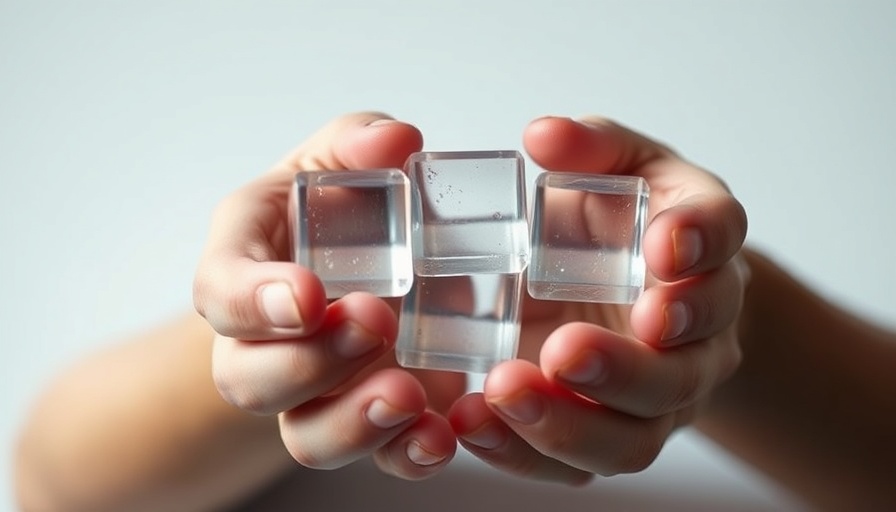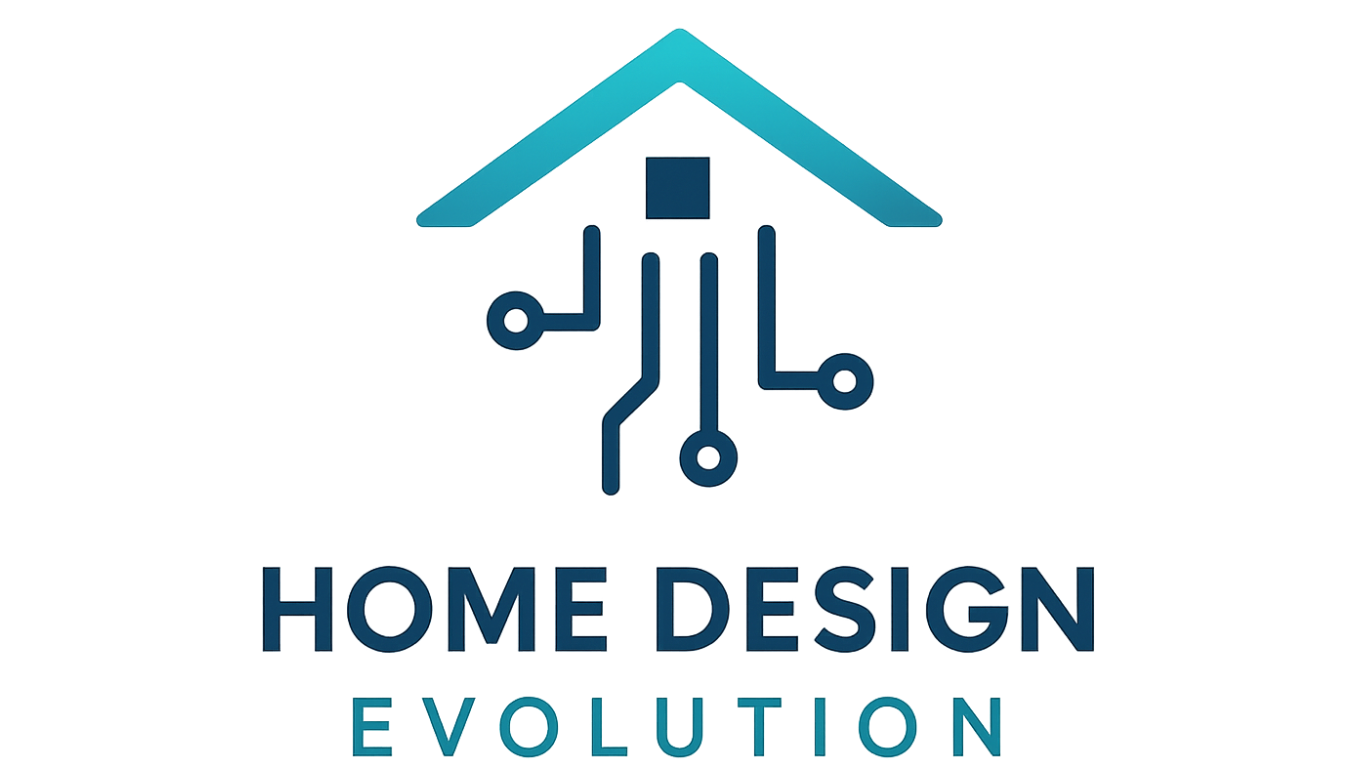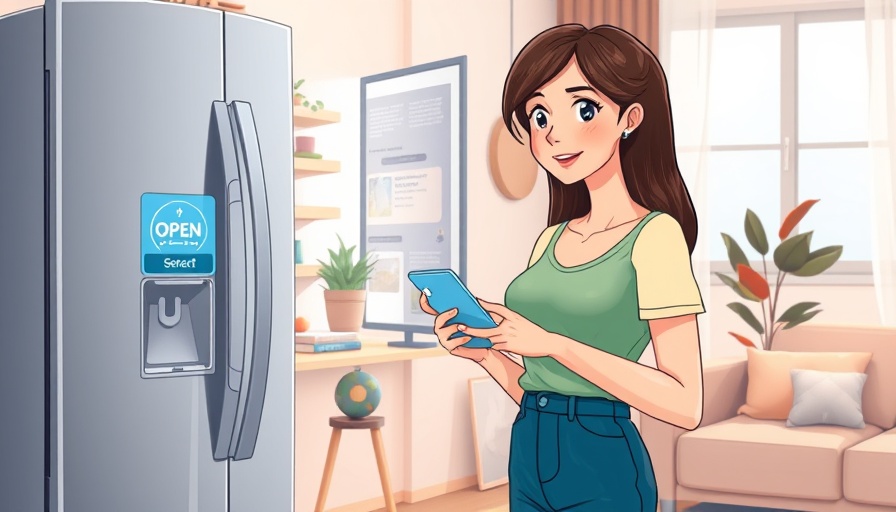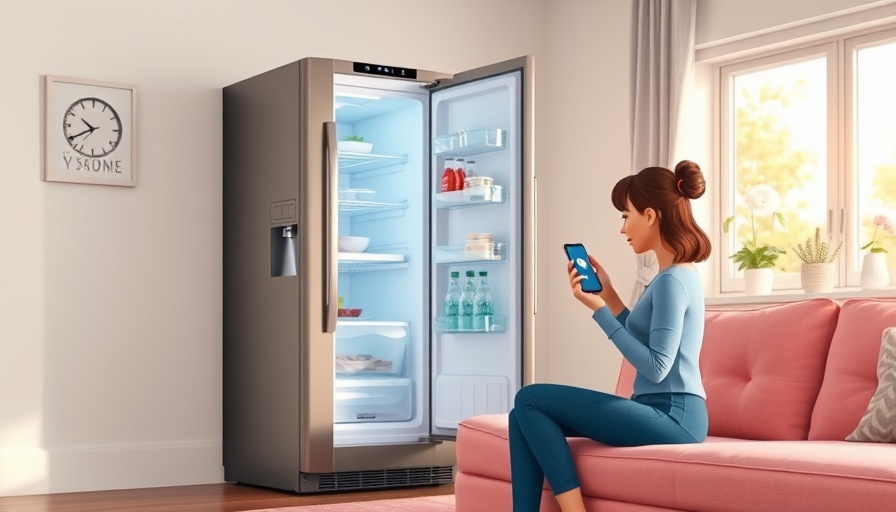
Facing the Renewable Energy Waste Crisis
The renewable energy sector is on the rise, with solar panels, wind turbines, and lithium batteries becoming increasingly common fixtures in our daily lives. Yet, as our reliance on these technologies grows, so too does the issue of waste they generate. With predictions suggesting that around 8 million metric tons of retired solar panels could pile up globally by 2030 — a staggering 80 million by 2050 — it begs the question: what happens when our green technologies reach their end of life?
In How We Solved Renewables BIGGEST Problem, the discussion dives into the challenges of renewable energy waste recycling, exploring key insights that sparked deeper analysis on our end.
Innovations in Recycling Technologies
In the video How We Solved Renewables BIGGEST Problem, advancements in recycling techniques for solar technology are showcased, and they promise hope. Companies like Solarcycle are stepping up to transform how we address this looming waste crisis. Their innovative recycling process aims to reclaim up to 90% of the materials from retired solar panels while keeping costs lower than simply dumping them in a landfill.
Additionally, European and U.S. legislation is pushing for more sustainable practices, like mandated manufacturer take-back programs for retired solar panels. Such regulations are essential for mitigating environmental impacts and driving growth in the recycling market.
A Greener Future for Wind Turbine Blades
You may not immediately think of wind turbines when considering renewable waste, but the blades of modern turbines—longer than football fields—present significant recycling challenges, as they are made from durable materials that are difficult to break down. However, developments at the U.S. Department of Energy may turn this tide with the creation of a new polymer resin, PECAN, which is not only greener than traditional options but also expands the potential for recycling turbine blades.
By utilizing the PECAN resin, researchers have demonstrated the ability to create wind blades that can be broken down into their components with less environmental harm and more usability. This innovative approach serves as evidence that the renewable energy landscape is evolving to become more sustainable.
Recycling Lithium Batteries for a Circular Economy
As solar and wind energy technologies evolve, lithium batteries also play a crucial role in modern energy storage. Thankfully, the recycling of these batteries appears promising as well. Companies like Redwood Materials are at the forefront of this shift, repurposing lithium batteries and recovering their essential components to be reused in new production. Such practices not only facilitate economic viability but also minimize the environmental impact associated with mining raw materials.
With reports indicating a projected 1250% increase in battery storage capacity in California since 2019 alone, it’s clear that forward-thinking strategies will be essential in managing the growing waste associated with energy storage solutions.
Conclusion: The Call to Action for Homeowners
For homeowners, staying informed about these advancements is vital. Understanding the potential of recycling and sustainable practices offers a chance to consciously engage in the renewable energy narrative. By considering solar panel installations that prioritize recyclability and supporting initiatives focused on sustainable practices, you can contribute to creating a cleaner, greener future. Take a moment to analyze your energy sources and their impact — your wise choices can drive change in your community and beyond.
In How We Solved Renewables BIGGEST Problem, the advances in recycling technologies present exciting possibilities not just for the industry but for sustainable living as well. The next steps in renewable energy come with responsibility — let’s commit to making our world a cleaner place together.
 Add Row
Add Row  Add
Add 



Write A Comment